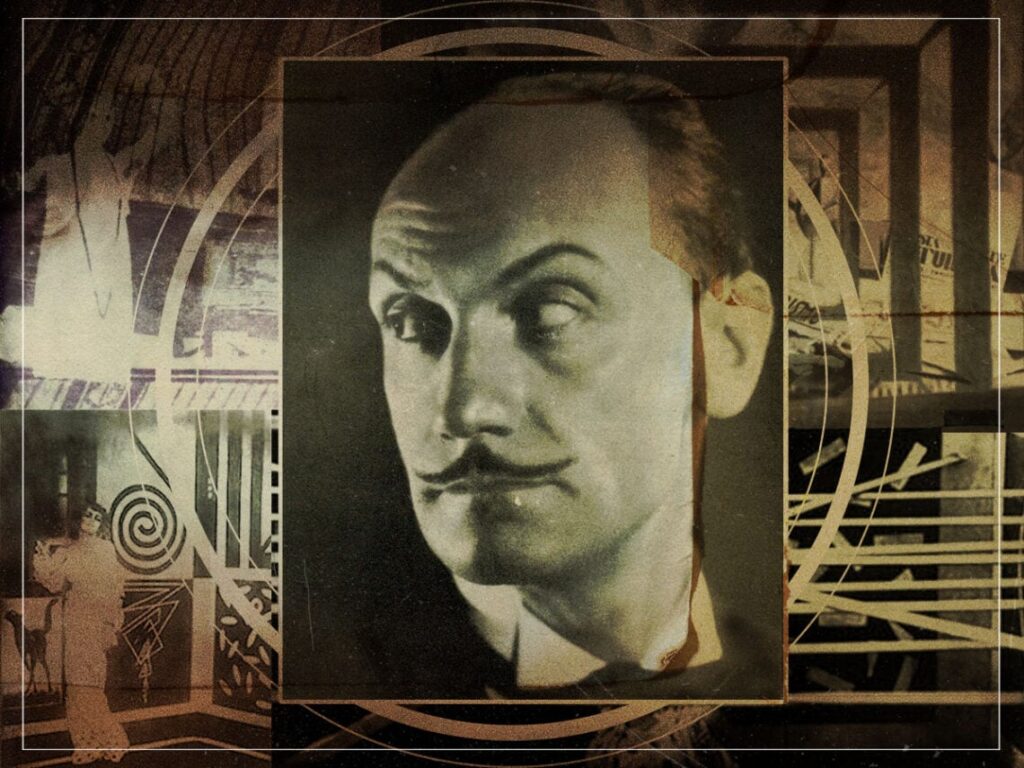Lost legacies: the unique cinematic vision of Italian Futurism
 Posted On
Posted On
(Credits: Far Out / Wikimedia / MUBI)
Some of the most significant works of the early years of cinema are defined by their futuristic elements, be it silent era Soviet works or the famous German Expressionist movement that had a monumental impact during the medium’s formative years. However, for a country that is seen as the origin of Futurism, we rarely associate Italian cinema with the frameworks that were established by futurist artists.
While the Italian neorealist era definitely had the most significant influence on emerging national cinematic identities around the world, the country’s brief period of futurist experimentation is often cited as the source of inspiration for the German and Russian pioneers. As the movement developed in the early 20th century, Italian cinema also had a small but important tryst with futurism in the 1910s.
Similar to the artists who were working with other mediums, a group of Italian filmmakers firmly believed that cinema was the art form of the future and inherently futuristic. Through the incorporation of fascinating symbolic networks and images of imagined futures, they wanted to create an artistic lineage that was not burdened by the sociopolitical and historical realities that plagued the country.
More than the concepts highlighted in the works of the Italian futurists, the techniques they used played a major role in sparking the minds of filmmakers around the world. While their predecessors, such as Georges Méliès, often used editing to create tricks and illusions, the futurists wanted to build a new language of cinema by using those same techniques in subversive ways.
A guiding light that informed many of these works was the Manifesto of Futuristic Cinematography, which was accepted by the leading figures of the movement in 1916. According to it, the possibilities of representing new and diverse modernities offered by cinema could not be replicated anywhere else, reinforced by visions of speed, motion and new technologies.
“We break down and recompose the universe according to our wonderful whims,” the manifesto read, and it makes complete sense because that’s exactly what the visionaries who followed in their footsteps ended up doing. Unfortunately, for scholars and film enthusiasts who want to look at these works themselves, there’s only a sense of disappointment and regret to be found. A painfully large amount of Italian futurism cinema by the likes of Arnaldo Ginna and Ivo Illuminati is considered to be lost now, forever separating us from what was probably a massive development in avant-garde filmmaking.
Among those that have survived, the partial footage of Anton Giulio Bragaglia’s Thaïs is seen as the closest complete representation we have of the movement’s ideals. Using geometric symbolism and a dreamlike visual language, a direct link can obviously be drawn to their European contemporaries but also to directors like David Lynch, whose dream sequences in Twin Peaks feel like they are in conversation with these lost histories of Italian futurism.
[embedded content]
Related Topics


